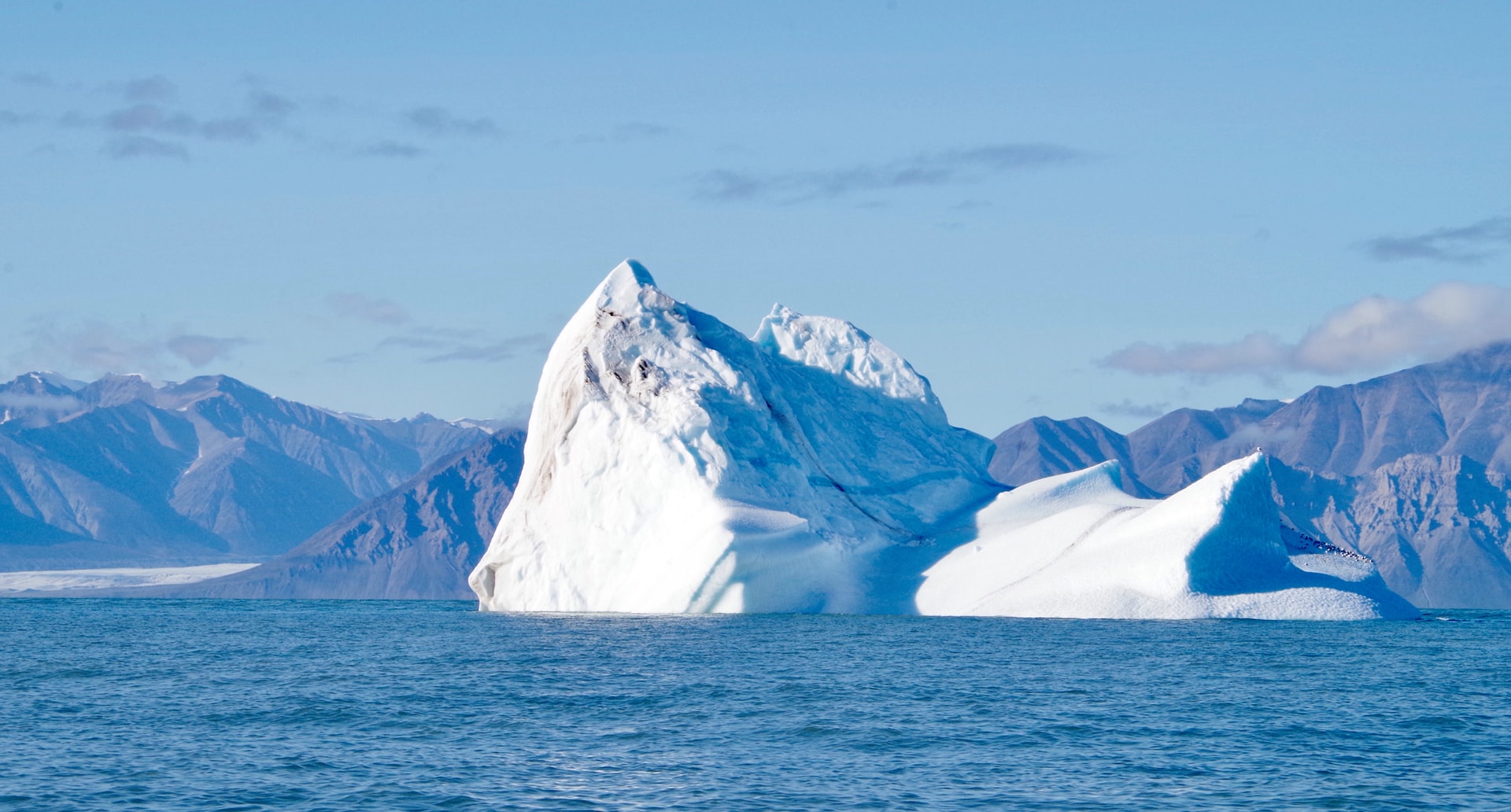

The IMO’s two new Emission Control Areas: why you need to act now
As the maritime sector takes further steps to reduce its emissions, it is becoming increasingly clear that the navigable world – at least for those who do not meet certain standards – is shrinking. The IMO’s Marine Environment Protection Committee (MEPC) during its 81st session – which was held in London, UK, 18-22 March 2024 – approved proposals for two new Emission Control Areas (ECA) covering the Canadian Arctic and the Norwegian Sea.
For exhaust treatment specialists Xeamos, the new ECAs are just further evidence of the importance of the yacht and ship sectors to get ahead of the regulations and to consider options for installing or retrofitting specialist treatment solutions. These can include selective catalytic reduction (SCR) systems combined with soot filters and sound attenuation, but also necessitate a view to systems and spatial engineering to ensure every solution is tailored to the unique challenges presented by each project.
The new ECAs, subject to final approval at MEPC82 in late 2024, cover nitrogen oxides (NOx), sulphur oxides (SOx) and particulate matter (PM), and will come into effect as follows:
For the Canadian Arctic ECA:
- The 0.10% fuel sulphur content requirement takes effect from 1 March 2027
- Tier III NOx requirements will apply to ships constructed on or after 1 January 2025, although the requirements will enter into force at the earliest on 1 March 2026
For the Norwegian Sea ECA:
- The 0.10% fuel sulphur content requirement takes effect from 1 March 2027
- Tier III NOx requirements will apply to ships contracted on or after 1 March 2026; or, in the absence of a contract, keel-laid on or after 1 September 2026; or delivered on or after 1 March 2030
These two new ECAs join the growing number of regulated areas worldwide, which already include North America, the US Caribbean, the Baltic and the North Sea, with other full ECAs including the Mediterranean currently being considered.
The implications are huge for yachts and ships of all types which, since 2021, need to meet the IMO’s Tier III emissions regulations for SOx, NOx, and particulate matter (PM) if they operate in an ECA and if they are more than 24 metres LOA. This threshold is an extension of the original IMO Tier III criteria regarding nitrogen oxide (NOx) emissions which applied for all large vessels over 500 gross tons with an engine output of 130 kW or more which had their keel laying on or after 1 January 2016.

The complexities of IMO Tier III extend beyond understanding the rules themselves, to designing exhaust treatment systems that can mitigate a vessel’s emissions and meet Tier III standards (which include a minimum of 70% NOx reduction compared to the previous Tier II limits). The challenges are particularly pertinent for the yacht sector, where more limited machinery space demands carefully engineered and manufactured exhaust treatment solutions and where a one-size-fits-all approach is largely ineffective due to the custom nature of most large yacht projects.
As a clean air engineering specialist with a quarter of a century of experience, Xeamos is perfectly placed to help builders and owners meet the challenges presented by stringent regulations. The team’s incredible depth of expertise encompasses a thorough understanding of the rules, with the ability to advise clients on what they mean, how they are implemented, and what needs to be done to meet Tier III criteria. Indeed, the Xeamos team’s knowledge database and consultancy work at an international, European, regional and local (including Port of Rotterdam) level makes all the difference. Xeamos specialists also cover stimulus regulations and subsidies.
Further, their exceptional design and engineering experience means they can develop tailored solutions for any yacht or ship project that will maximise effectiveness while minimising the impact on space and related systems.
“It’s becoming increasingly clear that emissions regulations such as Tier III are going to encompass not only more areas around the world, but also will ensnare an ever-greater number of vessels, including smaller yachts,” says Daniel van Drunen, Manager Sales at Xeamos. “It has never been more important for the maritime sector to tackle its collective emissions, but equally the resulting IMO regulations and the expanding number of ECAs means it has never been more important to talk to experts who know both the rules and the solutions.
“The Xeamos team stands exactly at that intersection,” van Drunen continues. “We can advise on what Tier III means for your particular operational profile, and we can also offer fully tailored, forward-thinking, cutting-edge exhaust treatment solutions to match any project, no matter how complex. We can’t stress enough how important this is if you want to continue free navigation in the future, or if you want to continue to enjoy the world’s best cruising grounds on your yacht without restriction.”
Tap into Xeamos’s crucial knowledge base at xeamos.com, or reach out to talk with Daniel van Drunen (d.vandrunen@xeamos.com) and one of our experts today for tailored advice on how the regulations impact you, and how Xeamos-engineered solutions can bring you the ultimate piece of mind for emissions and ensure your freedom of movement into the future.